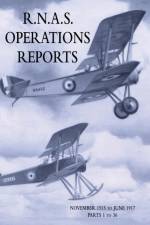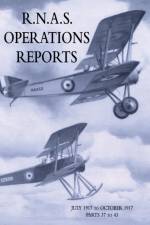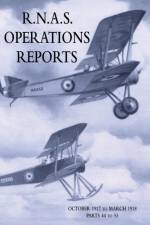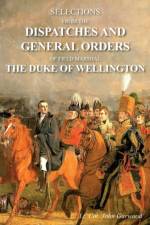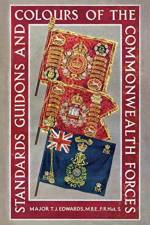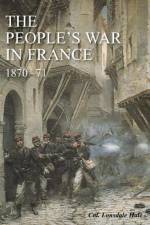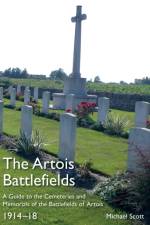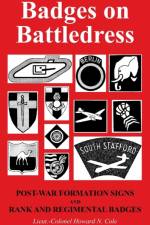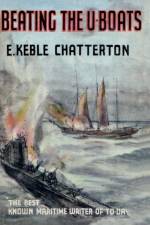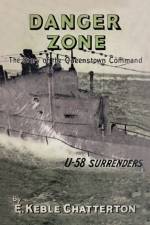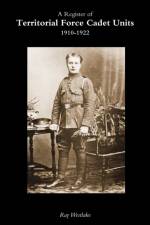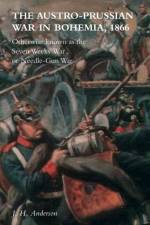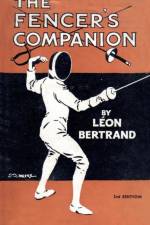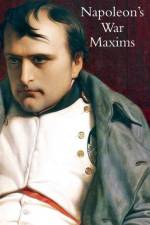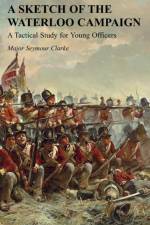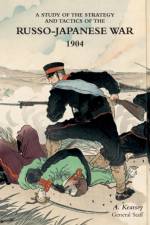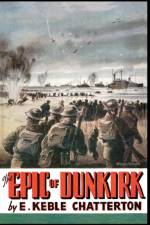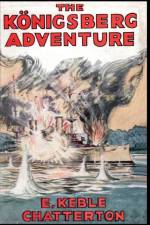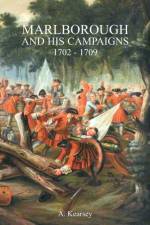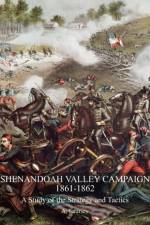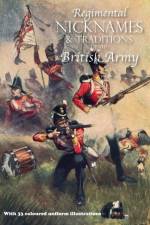von Anon
50,00 €
¿Very useful Great War period (1915) publication giving, along with regimental nicknames, a potted history, battle honours, motto and brief uniform description for every regiment of the British Army. Complete with 33 coloured uniform illustrations. Originally published by the foremost military publisher of the day Gale & Polden, who are well-known for their Military Series, and other works that were in use by the Military Educational Department.Sample entry: EAST LANCASHIRE REGIMENT(Depot, Preston) (record Office, Preston)"Gibraltar, 1704-5", "Cape of Good Hope, 1806", "Corunna", "Java", "Badajoz", "Salamanca", "Vittoria", "St. Sebastian", "Nive", "Peninsula", "Waterloo", "Bhurtpore", "Alma", Inkerman, "Stevastopol", "Canton", "Ahmad Khel", "Afghanistan , 1870-80", "Chitral", "South Africa, 1900-02".Motto: Spectamur Agendo (We are judged by our actions). Uniform: Scarlet. Facings: White. Head dress: Helmet. Cap: Blue. Regimental March: "Lancashire Lads".Raised in 1694. When first formed it saw much eventful service as Marines, and served in the capture of Gibraltar in 1704, and in the great sea-fight of Malaga which followed. In January 1816, a battalion of the 59th was wrecked whilst proceeding to Ireland, and nearly all of the men perished. At Waterloo, after the British squares reformed line to make the final advance, the regiment left its formation plainly marked on the ground it had occupied by the square of dead and dying comrades who had fallen in the grim opposition to the enemy's cavalry and artillery. It fought with great distinction in the Crimea, China, Afghanistan and South Africa, winning the highest commendations everywhere.Nicknames: "The Tripple Xs", also "The Three Tens". 59th Foot, "Lilly Whites" from its facings.



